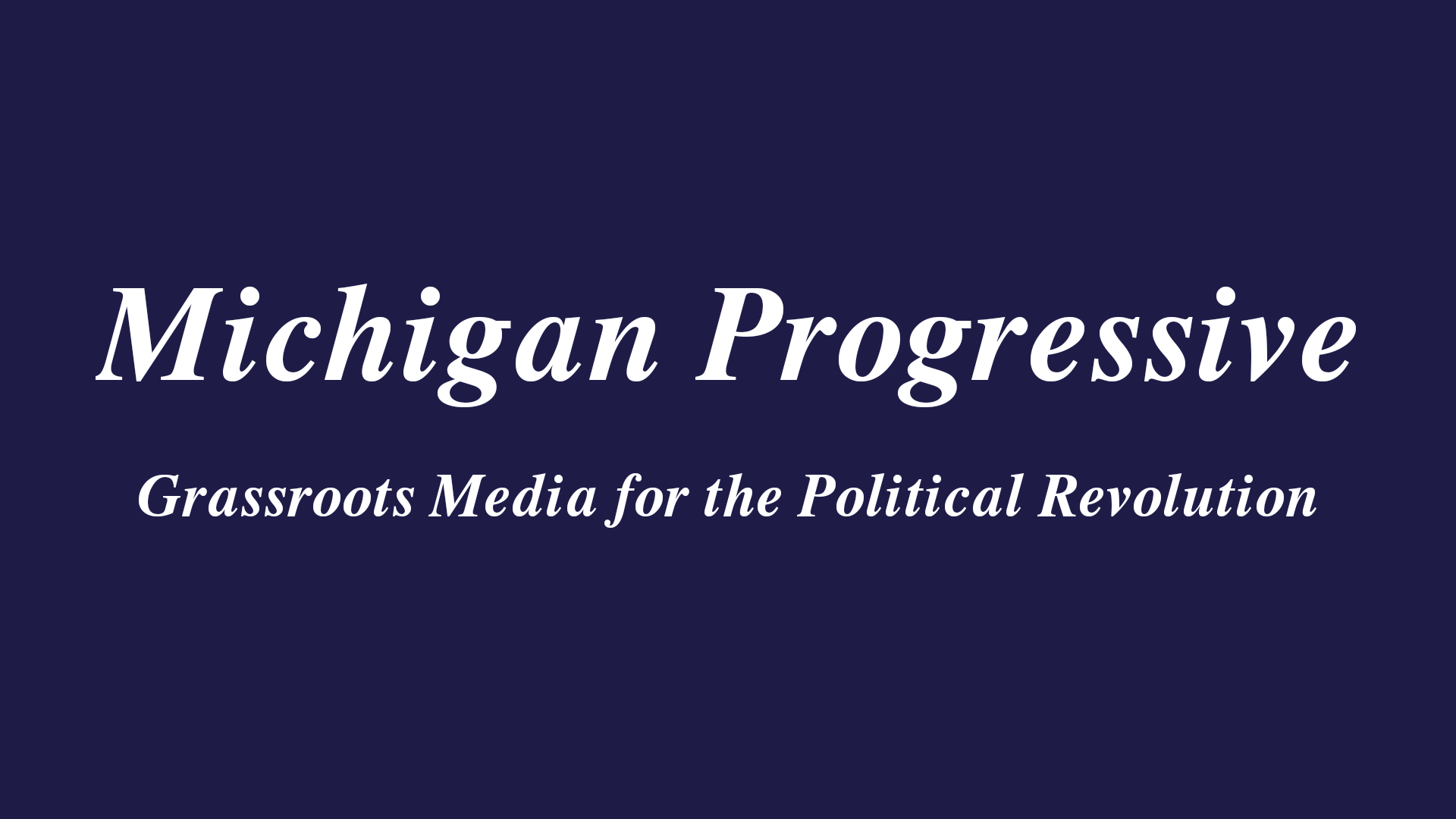The Party is at a crossroads in Michigan. Since 2010 we’ve gotten our butt kicked in legislative races, the governor’s race, and the state supreme court. We’ve changed party chairs twice and tried a number of strategies and messages, but it ain’t working. The 2016 Trump victory cemented the issue. Michigan is no longer a solid blue state.
I’m going to suggest that the root of the problem lies in the party structure and the leadership that that structure selects. Since the late 1940’s the MDP has largely been a party controlled by organized labor. That made sense when 40{01455888e2f0b7d04668e5856c70a88946582713670d769b7c021b89f026e8f9} or more of Michigan workers were members of unions. Labor could deliver the vote and help the party win elections.
But it’s no secret that organized labor has been under attack and shrinking since the late 1970’s. As seen in the chart below, Michigan unions have lost 60{01455888e2f0b7d04668e5856c70a88946582713670d769b7c021b89f026e8f9} of their membership since 1977, and middle class incomes have slid as well.

One further note, public sector union members now outnumber private sector.
Despite the obvious decline, the MDP is still significantly controlled by blue-collar private sector unions, with the UAW playing the most prominent role. When decisions are made for party leadership positions, from chairman on down to congressional caucus elections for state central and caucus leadership, the unions hold a powerful influence over results.
The structure of the MDP encourages the continuation of this domination and the exclusion of other voices. Slate voting is easier for the organized labor contingencies to dominate and manipulate than if candidates had to run as individuals for offices. Many positions are filled because someone represents a recognized constituency rather than because they are an energized party supporter. For the past 10 years I’ve been an activist and club president in two different congressional districts. It’s been amazing to see the control exerted when district elections happen; people show up who seldom ever attend; a unity slate is put together behind closed doors; leadership is elected who often seldom participate in the work to be done between district elections. In the state central, the party chair nominates extra 70 or so members. They take their position, but seldom attend state central meetings. But if a conflict arises, these 70 are used through proxy voting to maintain the status quo.
I would argue that this is a losing formula for the MDP. The unions are not only shrinking, they are often unable to deliver the vote of their own members. We first saw these phenomena in 1980 when Macomb County organized labor members helped elect Ronald Reagan. These same Reagan Dems provided Trump with a 50,000-vote margin in 2016. And yet the old constituency groups headed up by the UAW cling to control of the party.
If we are going to turn things around for 2018 and 2020, we have to rethink how the party operates. The decline in union membership and the problems the unions have influencing their own members at the polls, means that we have to get votes from other places.
Obama showed us the way in 2008. Obama put together a coalition that included suburban women (soccer moms and professional women), the under 30 millennials, strong support from blacks and Hispanics, Asian and Arab-American immigrants, and a majority of the college educated. His campaign was built independently from the MDP. All of these groups were able to join the Obama campaign and feel like they had a role, that they were part of things, and that their voice mattered.
We can see the potential for such a coalition to be built now. The 4,000+ who showed up at the MDP February convention, plus the million who marched in January, and the recent rise of anti-Trump groups like Indivisible, which has held events with 500+ people — all of this shows us the people that the party needs to connect with to win the next election.
Organized labor will always play an important role in the MDP, but it is time to embrace the changes that have been developing for the past 40 years. We have to connect with and invite into the party individuals who don’t represent the traditional labor oriented constituencies.
Scott Craig
SCC Delegate 14th Congressional District
Former President of the Northville Dems

